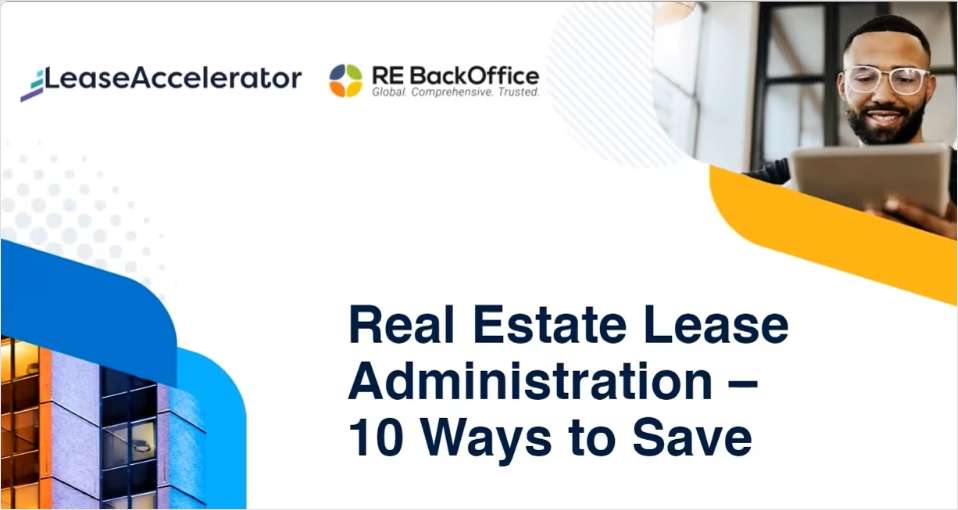Shopping center investment is turning a corner. After several years of declining sales volumes—Q1 YOY, investment activity was down nearly 36%—buyer appetite for both anchored and unanchored shopping centers is picking up. In fact, Kyle Stonis, SVP at Matthews Real Estate Investment Services, says that investment appetite is the strongest that it has been in years.
Stonis believes the market is on the brink of a resurgence, and he is particularly encouraged by aggressive pricing and attractive cap rates for sellers and emerging AI tools that can help guide retail investment.
Aggressive Pricing for Anchored Shopping Centers
Quality assets in quality markets are capturing "very aggressive" pricing, according to Stonis, a sign that investment sentiment is turning up. Stonis noted that both grocery-anchored and non-grocery strip shopping centers are currently trading at near historically low cap rates. Power centers and larger box centers continue to hold strong, despite not reaching peak cap rates, largely influenced by the current capital markets environment. There still remains robust demand from a multitude of capital sources seeking yield in this asset class.
"Retail appetite today is the strongest that I've seen in a long time," says Stonis. "Relative to the capital stack and the cost of capital, retail is one of the few asset classes that has proven itself in terms of its stability in the market." For that reason, a growing number of investors is increasing exposure to retail properties, particularly those with significant exposure to office and industrial assets.
There is broad demand for retail properties, even beyond top tier assets. Stonis has also seen an increase in activity for strip retail and neighborhood retail centers, even among institutional capital sources, illustrating the broad and deep demand for retail assets.
Strong consumer spending is one reason why retail assets are now a target for investors, but retail operations is also outperforming. Stonis notes that a majority of institutional and private, fund-driven owners have portfolios with 94% to 96% occupancy and climbing tenant demand for new leases. "Landlords are in a very good situation to negotiate leases and achieve strong rental rates," says Stonis. "It's pretty incredible."
AI Helps Create Forward-Thinking Investment Plans
AI tools and technology are supporting the retail investment thesis. Investors now have the ability to access and process mass data sets that can reveal unlocked value in retail properties.
Both brokerage firms, like Matthews, and property owners are making scaled investments in advanced AI technologies and predictive analytics to improve efficiencies and make more informed and educated decisions. As Stonis explains, these algorithms can reveal a property's future cash flow and the investment life cycle, including determining the investment horizon, whether it is three years, five years or seven years.
Although the commercial real estate industry was slow to adopt, Stonis says that the industry is now making significant investments in these tools and looking at how technology can be implemented to process data—and CRE is a prime industry for adoption, because it incorporates a lot of data.
"AI is very efficient in its ability to take a large subset of data and get very detailed about rental rates, demographic characteristics and emerging trends in the current market," says Stonis, adding that beyond investment decisions, the information can also be used to negotiate stronger lease transactions. The technology is transforming commercial real estate investment, and the traction in retail is just one example of how it can inform investor decisions.
© 2024 ALM Global, LLC, All Rights Reserved. Request academic re-use from www.copyright.com. All other uses, submit a request to [email protected]. For more information visit Asset & Logo Licensing.








